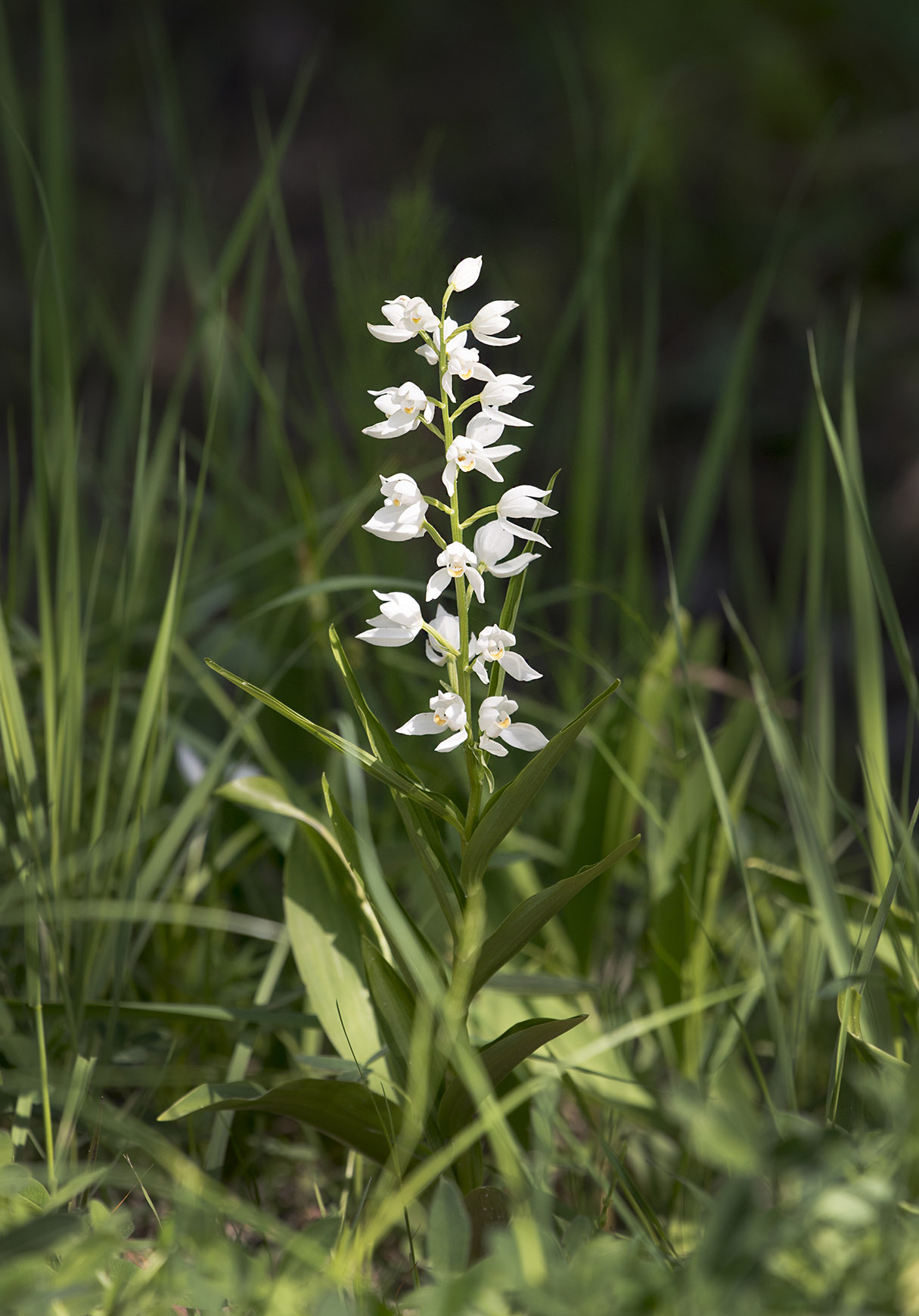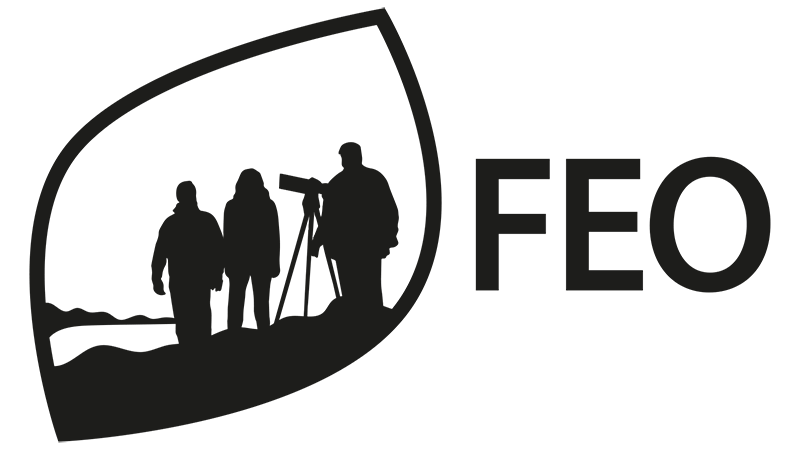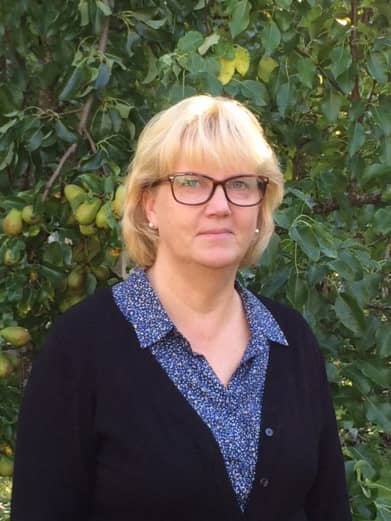Work package 5: Models for monitoring biodiversity and carbon stocks
Home > Work packages > Work package 5: Models for monitoring biodiversity and carbon stocks
Work package 5
Modelling has an important role in compensating for shortcomings in the data. Regional data on species and habitats significant for nature conservation, for example, are often incomplete. Therefore, it is necessary to complement biodiversity data using biodiversity models and the projections they produce on optimal places for species and habitat types. Ecosystem models, on the other hand, are based on the dynamic modelling of functional features of habitats using data from intensive areas. Well-functioning models can be extrapolated for larger areas. Modelling is also needed for the evaluation of the impacts of actions changing different habitats and land use.
We produce information needed for developing the conservation of biodiversity and a carbon-neutral society. The work centres on integrating the carbon stock of ecosystems (especially forests), carbon sequestration and natural values in the current climate and in the different future scenarios.

Biodiversity models
Biodiversity models are used to create regionally comprehensive projection maps on the occurrence of forests and other wooded habitats – and, if needed, other habitat types and key species that are important to carbon neutrality – which are significant in conservation value and for the environmental factors affecting them. The other key target is evaluating different biodiversity indexes with one emphasis on the possibilities of remote sensing.
The biodiversity modelling that will be produced at FEO makes use of the know-how and the results from previous and ongoing projects, such as
- ALARM,
- SCALES,
- A-LA-CARTE,
- Mediation and
- IBC-Carbon,
These will be used as a basis for FEO’s evaluations and research.


Process-based models
The water and mass balance of ecosystems will be examined with process-based models which can be used to evaluate factors that vitally affect carbon sequestration and carbon stocks as well as to produce projections on the future changes of carbon sinks and stocks on a landscape level. The results of the modelling will be used to evaluate the possibilities of different areas (municipalities, regions, catchment areas) to achieve carbon neutrality using different logging scenarios, land use changes and strategies to reduce anthropogenic emissions. IBC-Carbon and OGiir projects have advanced the modelling, and the development work will be continued in co-operation with these projects. An example of the current state of a large pilot area has been compiled into a story map.
The models can help produce regionally comprehensive projections on biodiversity values and ecosystem processes. Additionally, as the models will be adapted to different climate change and land use scenarios, projections on changes in biodiversity as well as the ecological processes and changes in the quality of habitats will be obtained.
The projections from both the biodiversity and ecosystem models can be used to support land use planning, for example in the spatial prioritization of major conservation sites. One important tool in spatial prioritization is the ZONATION software and FEO cooperates with, for example, Metzo III project.


